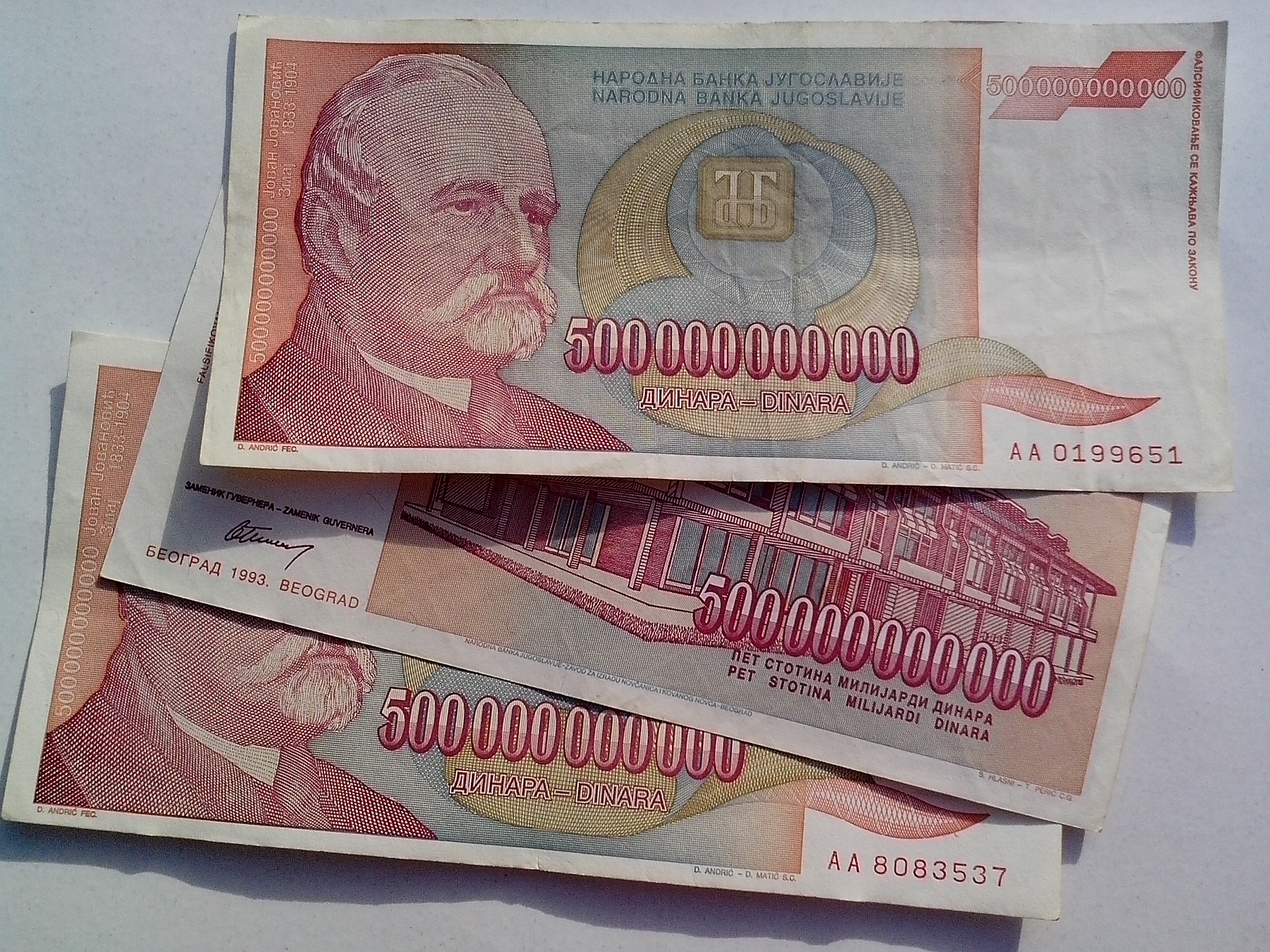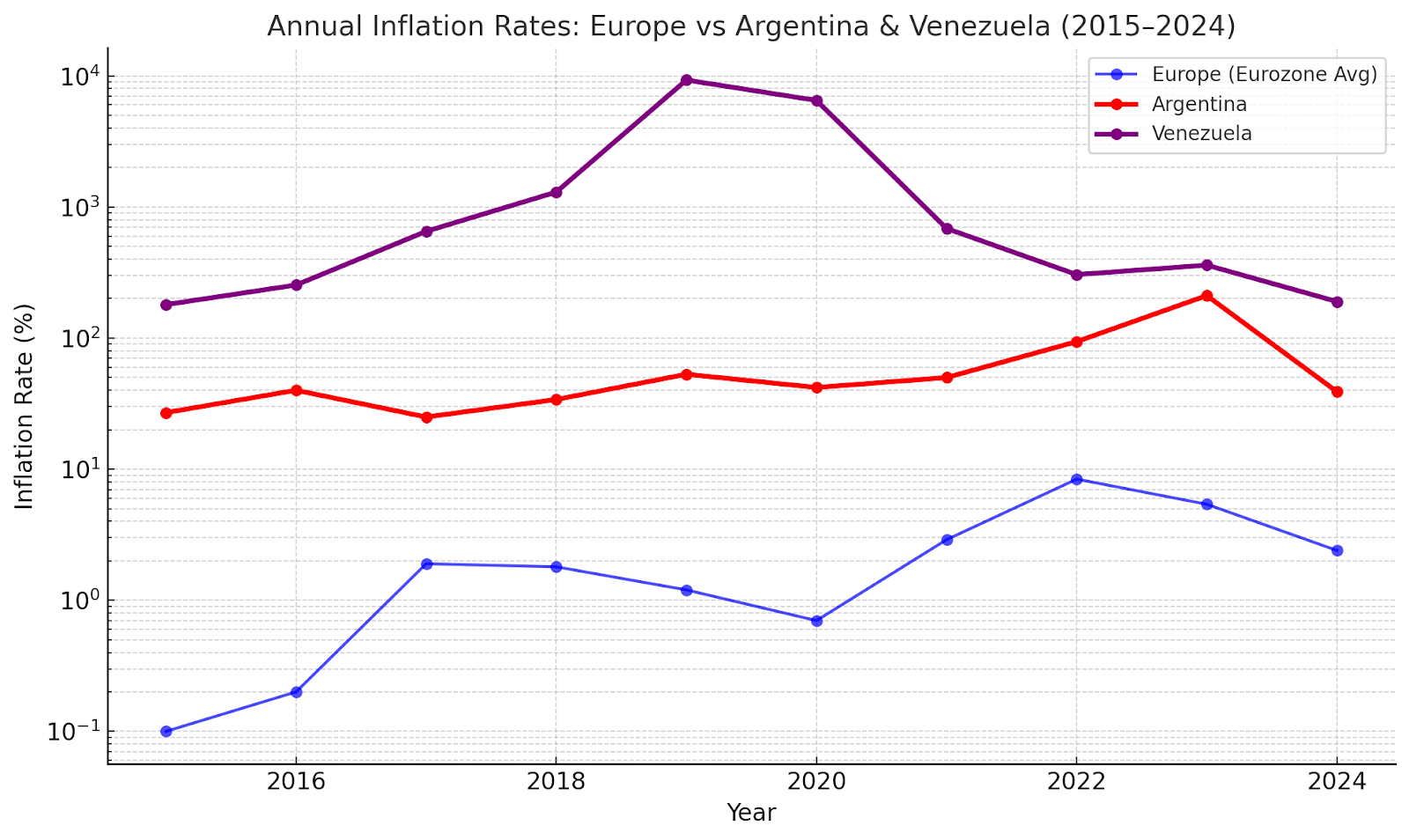When You’ve Watched Money Die, You Don’t Wait for Permission to Innovate




You don’t truly understand decentralization until you’ve been robbed by your own currency.
I remember it vividly.
Growing up in Yugoslavia in the 1990s, I watched inflation turn from an economic term into a daily survival threat. One day my family’s wages could fill a shopping cart; the next, the same money could barely buy bread.
The cruelest part wasn’t just that prices changed overnight. It was that people had money, thick stacks of it, but there was nothing to buy. Shelves sat empty, shops closed early, and everyone rushed to spend their salary the moment they got it, not out of greed but because tomorrow it would be worth half as much.
That was when I learned that money is not the number in your account or the notes in your hand. Money is trust - trust that it will hold its value, trust that you can survive. And trust can be broken.
Decades later, I see the same story playing out in places like Argentina, Venezuela, and across parts of Latin America.

In Buenos Aires, I’ve met business owners who price goods in dollars but get paid in pesos - knowing that every day they hold local currency, they’re losing ground. Families scramble to convert their earnings into something stable: US dollars under the mattress, crypto on a mobile wallet, even bags of goods they can later trade.
Ask them about savings, and they’ll laugh. In an economy like that, you don’t save. You move. You move value fast, before it evaporates.
When money dies, you stop thinking about financial systems as “products” or “services.” They become lifelines.
You learn to bypass middlemen because every delay costs you value.
You learn to keep wealth in forms that can’t be frozen with a phone call.
You learn that the real innovation in payments, assets, and financial access doesn’t come from boardrooms, it comes from necessity.
That’s the real origin of decentralization. Not whitepapers. Not conference stages. Survival.
This is why I build the way I do. It’s payment infrastructure that:
Because I’ve seen what happens when you design for stability that doesn’t exist. I’d rather design for resilience that can survive anything.
The next generation of payment networks won’t be judged by the beauty of their UI or the size of their marketing budget. They’ll be judged by this: When trust in the system collapses, does value still move?